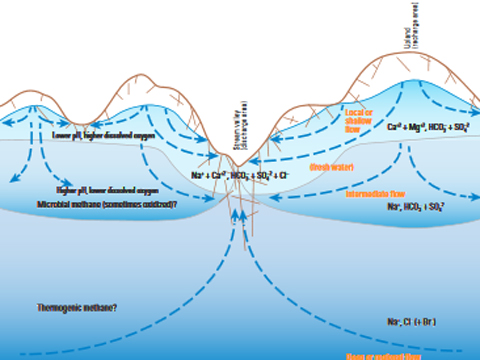News

January 3, 2018
Report: Groundwater Conditions in Pike County
In December 2017, the U.S. Geological Survey (USGS) released a report detailing groundwater conditions in Pike County, PA.
The report stems from data collected in 2015 from 79 wells in the county. Water samples were tested for a variety of parameters, including:
- bacteria
- dissolved ions
- dissolved gases (methane, ethane, and propane)
- radon-222
- radioactivity
- and others.
The study was a collaborative effort between USGS, Pike County Conservation District, and many landowners who gave permission to have their well water tested.
The study was paid for by a grant from the Marcellus Legacy Fund through the Commonwealth Financing Authority in addition to funds provided by USGS.
